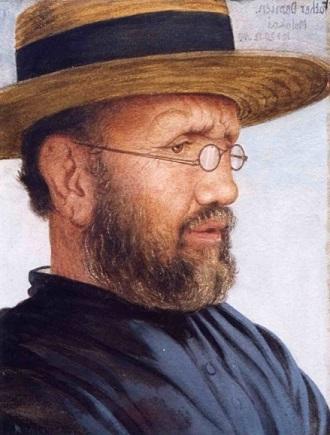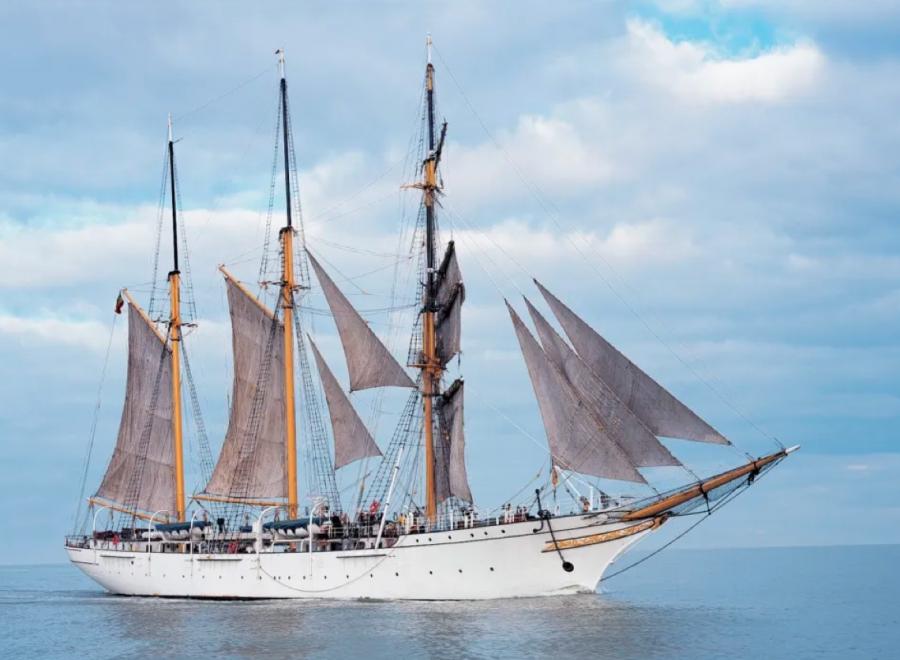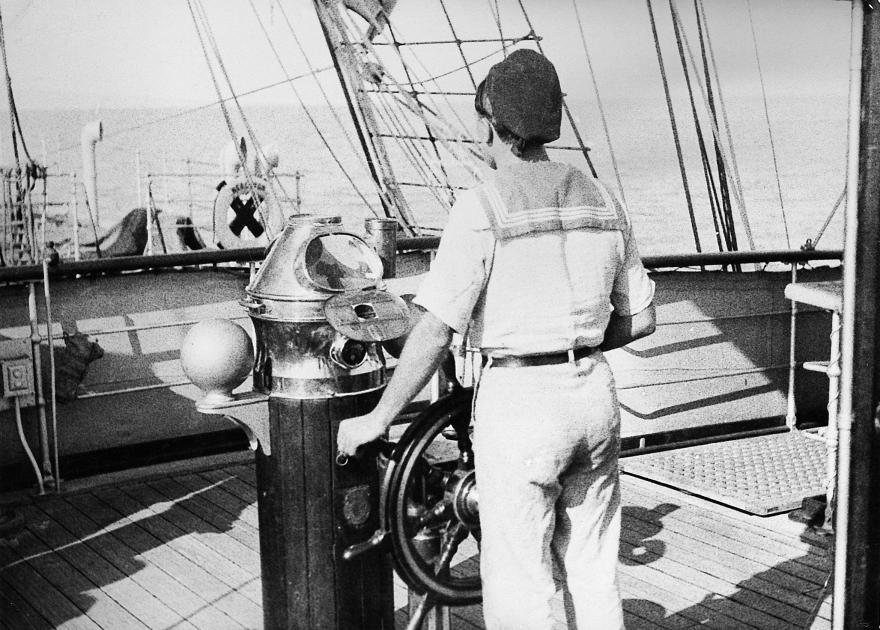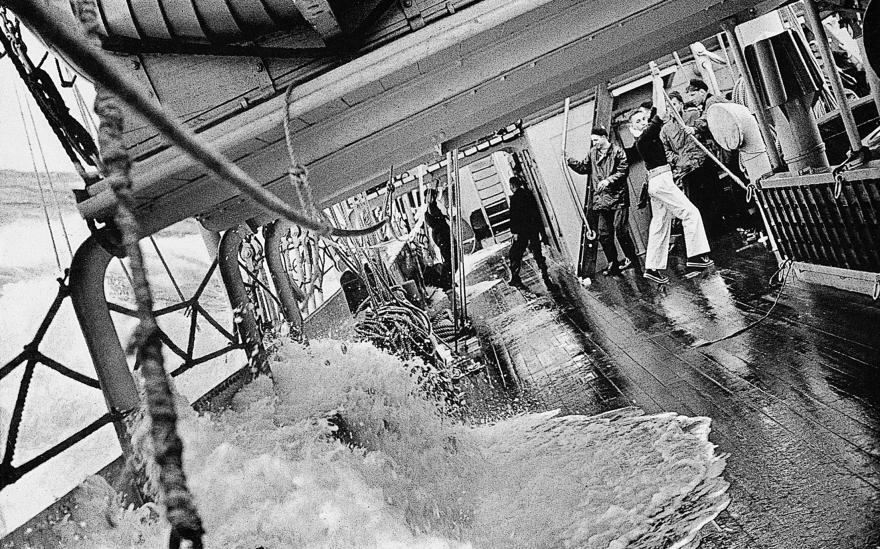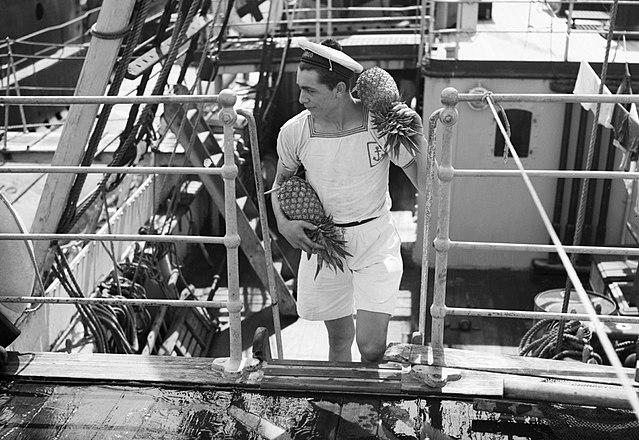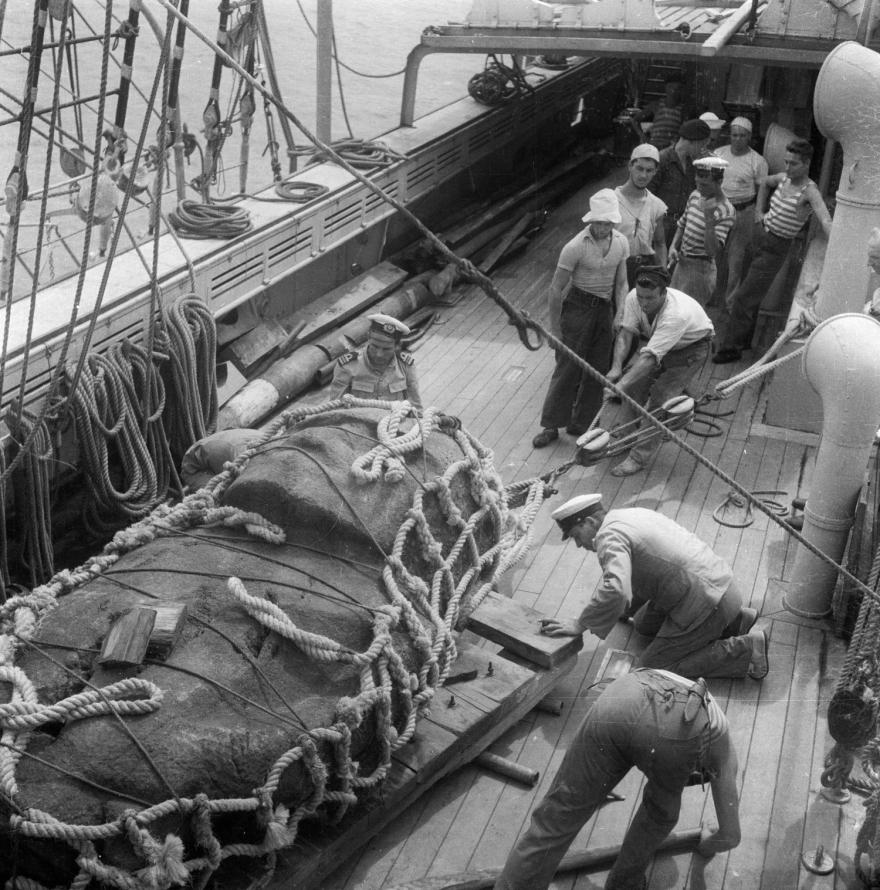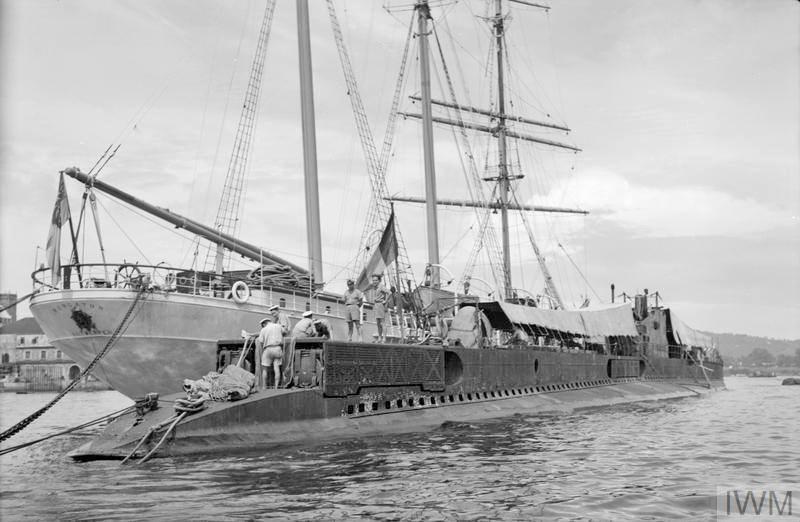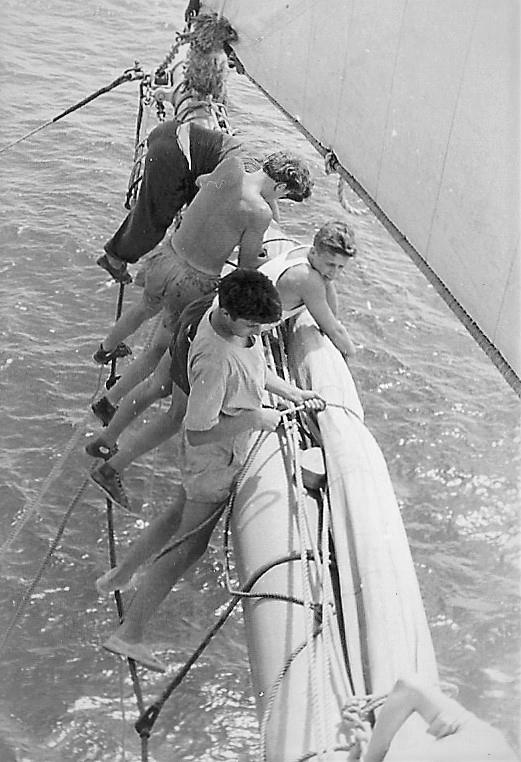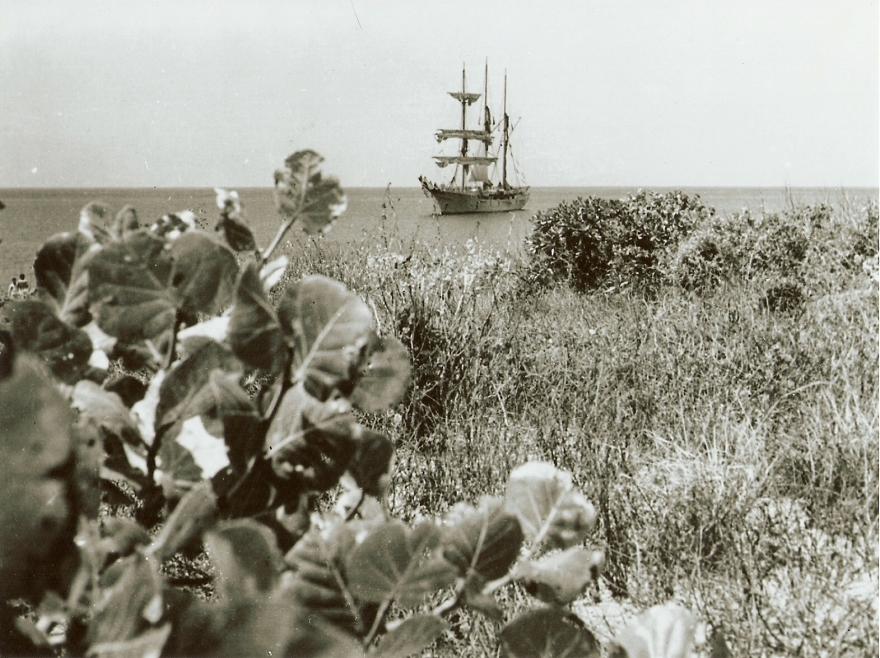Rich history
The training ship Mercator was built to a design by Adriën de Gerlache (Belgian Antarctic explorer 1898) at the Ramage & Ferguson shipyard at Leith, Edingburgh (Scotland).
Construction started in 1931 and the Mercator was launched on 8 April 1932. The Mercator was the successor to earlier school ships such as the Comte de Smet de Naeyer 1 and 2 and the l'Avenir.
The ship was built to provide practical training for future merchant marine officers, as well as, to a lesser extent, machinists, sailors and cooks. On board there was a maximum of 100 men (regular crew and apprentices) and the ship trained about a 1,200 merchant marine officers!
The Mercator was owned by the Belgian state (1932-1994), but was operated by the Hogere Zeevaartschool of Antwerp from 1932 to 1960.
Unique events
The Mercator made a total of 41 voyages (called crusades) and visited 54 countries.
Two remarkable cruises took place in 1933-1935 to Easter Island (voyage of 7 ½ months) to collect the Franco-Belgian expedition members. Two special statues (Moai) were also brought from Easter Island. One is located in Brussels and the other in Paris.
In 1943, during World War II, the Mercator was claimed by the British Admiralty. The ship was then deployed under the British flag for the Allies as a submarine depot ship at Freetown (Sierra Leone). After difficult negotiations, the Mercator was towed back to Belgium in 1947 to be fully restored at the Beauval and Goedemé shipyard in Ghent. After her necessary restoration, the Mercator sailed back as a school ship in 1951.
The Mercator once participated in three international sailing races of the Tall Ships' Races (in 1956, 1958 and 1960).
The Tall Ships' Races first took place in 1956. It was a race of the world's 20 largest remaining sailing ships! The race was from Turkey, Devon to Lisbon and it was meant to be a final farewell to the era of tall sailing ships. In the 1960 race from Oslo to Ostend, sailing ship the Mercator won first place.
Ostend
From 1964, she has been in Ostend almost continuously as a museum ship.
On 24 September 1994, a ministerial decree made the Mercator a 'protected monument'.
From the end of September 2015 to the end of March 2017, the Mercator underwent her major restoration at the Ostend Shipyard I.D.P. From the beginning of April, the ship became the property of the city of Ostend. And on 16 June 2017, by ministerial decree, the Mercator became 'protected sailing heritage'.
This ship is a unique Flemish vessel of great historical value. It is the only large sailing ship of its time that was deployed and used for the Belgian state. It was equipped with all modern equipment (engine, instruments, electrical equipment). The ship is completely preserved, including the cabin interior. The Mercator has a high historical value as the last Belgian training ship that trained merchant marine officers until 1960.
In 2022, the Mercator was 90 years old! There is an exhibition about this on board.
Technical features
The Mercator is a barkentine, a ship with mixed rigging, namely the sails on the jib mast are square-rigged and on the other two masts the sails are square-rigged. Square sails (or better known in sailing lingo: Raze sails) are attached to horizontal round wooden sections called "Ra's". Ra sails are usually placed behind the ships, but they can also be oriented towards the direction of the wind.
This ship has 15 sails with a total area of 1,600 m². The Mercator has a length of 78.40 m, a beam of 11.8 m and a draft of 4.23 m.
The ship's construction involves a hull with steel plates on a steel keel and frames, the superstructure is also in steel. The decks are built in Iroko wood, which is a durable tropical hardwood with a beautiful golden yellow to golden brown colour, native to West Africa.
The ship owns a Burmeister & Wain diesel engine, built under licence from Cockerill: 6 cylinder, 500 HP. With this, the Mercator could easily reach a speed of 13 knots (24 km/h)!
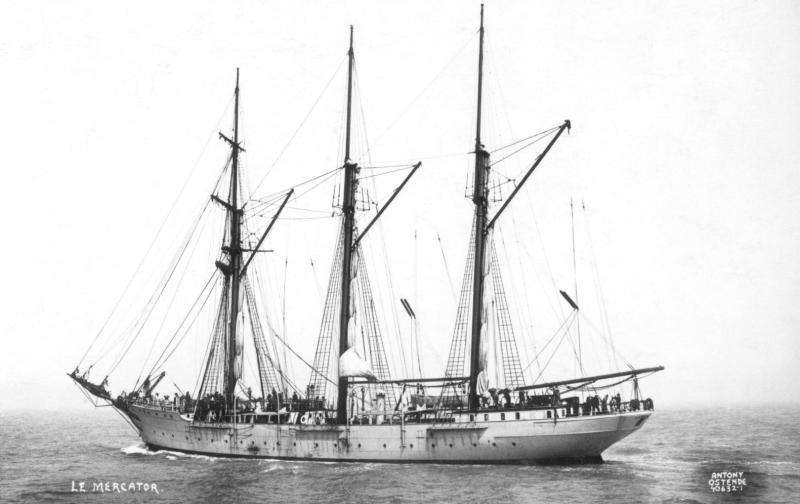
Father Damien
Damiaan of Molokai, born Jozef De Veuster (1840-1889), is better known as Father Damien. His life began in Tremelo and ended in Molokai, but played out in many more locations in between. He was a Belgian priest of the Congregation of the Sacred Hearts of Jesus and Mary (also called 'Picpus-Paters') and missionary, who became known for his work for leprosy patients. He is the patron saint for lepers and AIDS patients.
The Mercator became famous partly because the school ship of the Belgian navy transferred Father Damien's mortal remains from Colón (Panama Canal) to Antwerp by the Americans on 3 May 1936.
